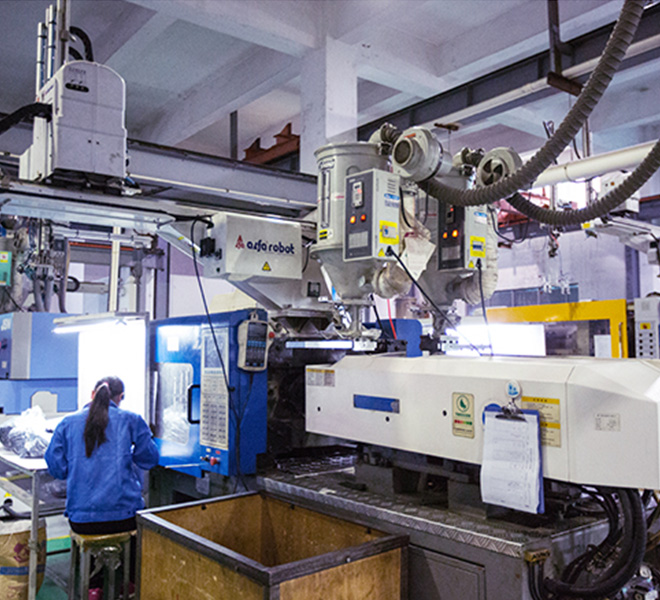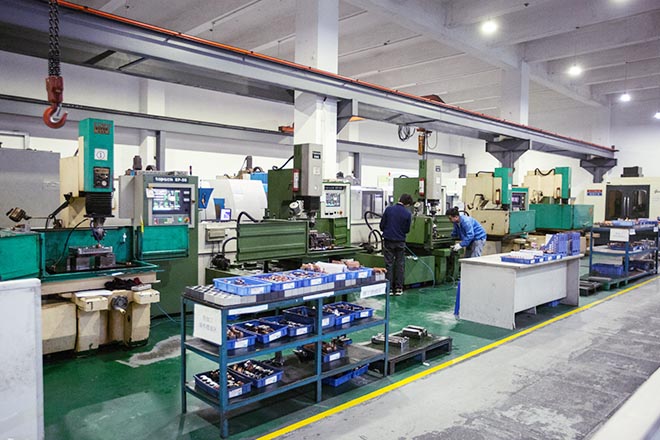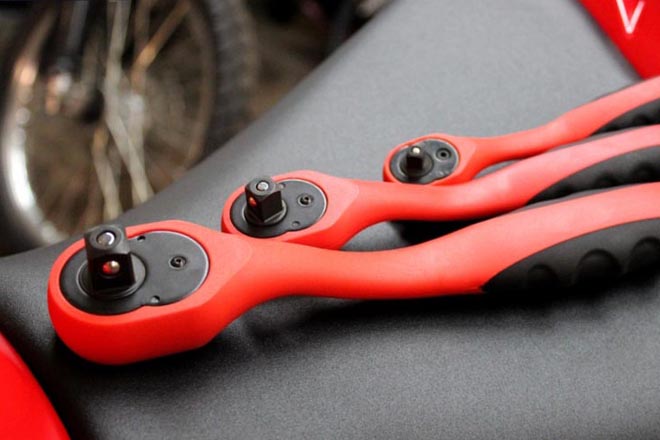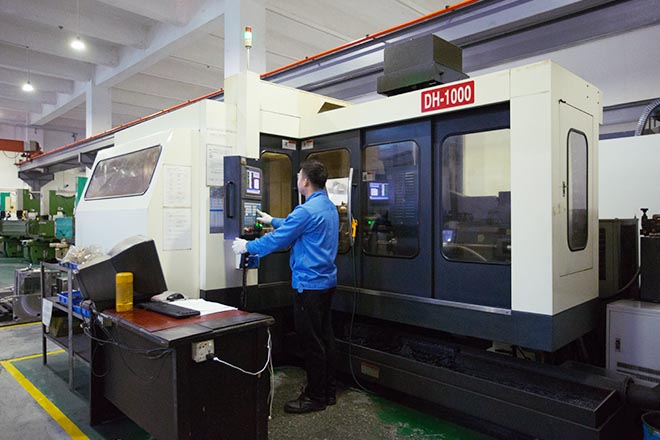Premium provides overmolding injection molding service over 20 years, overmolding is called 2 times injection molding, the production of the substrate parts is a standard injection molding process involving a normal mold with no heating or cooling lines running through it, which is a more rigid plastic and is designed to accept the second shot, normally the overmolding injection molding is composed of a softer and flexible plastic like rubber.

The first shot of overmolding injection molding process is called substrate, is usually composed of more rigid plastic, the second shots called the overmold.
The cycle time of overmolding injection molding process is a bit longer, our experienced molders will monitor the cosmetic concerns, fill pressure and basic quality of the parts. After the substrate parts are molded, the overmold will be assembled to the press and the substrate parts will be put by hand into the mold and overmolded with rubber material or thermoplastic.


Overmolding injection molding has a wide range of applications, including:
Parts with soft grip handles
Window reveal moldings
Medical and healthy devices and instruments
Knobs for controls, appliances and assemblies
Encapsulated electrical components and electronic devices

Overmolding is called 2 times injection molding. The first shot of overmolding injection molding process is called a substrate. While insert molding is a process that requires an insert to be pre-placed in the mold for injected plastic to flow around. The two have many differences. Here is overmoling vs insert molding from their applications and materials.
Overmolding injection molding process has a wide range of applications, including parts with soft grip handles, window reveals moldings, medical and healthy devices and instruments, knobs for controls, appliances and assemblies. Whereas insert injection molding is applied in medical industry, electronic housings, knobs, dials, hand-held devices, and etc.
The materials used by the overmolding injection molding mainly include tool steel with added carbon and chromium, die steel, high speed steel, superhard alloy, etc. While insert injection molding is a process in which a material such as a resin (plastic) is heated and melted by a mold. The inserts include metal, cloth, paper, wire, plastic, glass, wood, coil, electrical parts, etc.